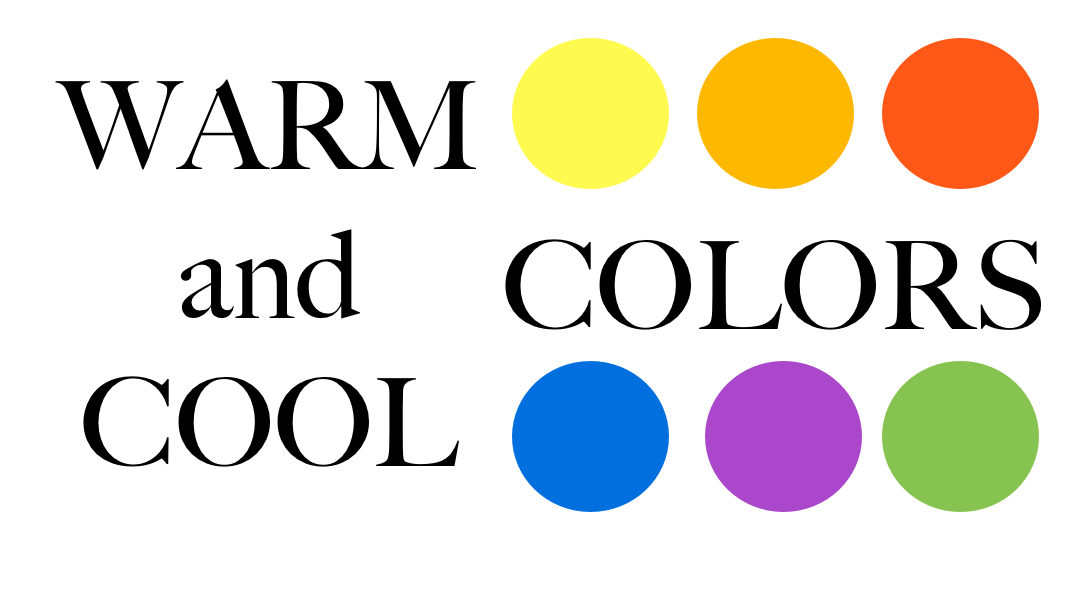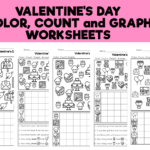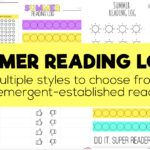Lesson Overview: This lesson is an introduction to the concept of warm and cool colors. Through examples, students will learn which colors are warm and cool and how those colors evoke certain feelings in the viewer. Students will then have the opportunity to create their own pictures using the concept of warm and cool colors.
Recommended Grade Level(s): Pre-Kindergarten, Kindergarten, First, Second, Third
Objective(s): Students will be able to...
- Differentiate between warm (yellow, red, and orange) and cool (blue, green, and purple) colors.
- Discuss how the colors used in artwork can make the viewer feel a certain way.
Materials:
- 1 copy of Life Images
- 1 copy of Van Gogh Images
- drawing paper (1 per student)
- colored pencils (per student)
Anticipatory Set:
With students gathered together, begin the lesson by stating the objectives. Begin showing students the pictures that feature the warm colors. Ask students to look at each picture and to consider how they feel when they look at each picture. Write the answers on the board or chart paper. Next, show the pictures that feature the cool colors. Again, ask students to consider how they feel and write the answers down.
Guided Practice:
Review the first set of pictures and the answers the students gave. At least some students should have recognized that those colors are energizing and generally make people feel happy, excited, or warm--that is why they are called warm colors. Next, review the second set of pictures and the answers given. Tell students that those colors generally make people feel relaxed, calm, or cool and that is why they are called cool colors. Tell students that artists can use warm and cool colors to give a piece of art a certain look--a look that will make the viewer feel a certain way when they look at it. Show the Van Gogh Images to illustrate this. As you hold up each, ask the students to share what colors, warm or cool, the artist is using (sometimes warm and cool are both used, but one will usually dominate). Discuss how those colors communicate a certain mood. How do the pieces make the students feel?
Independent Practice:
Provide time for students to work independently on creating a picture of their own using the concept of warm and cool colors.
Closure:
Allow students time to share their artwork. Ask students to discuss what colors they chose and why. How do the artists' feelings about the picture differ from the viewer's?
Assessment:
Students will be assessed according to their ability to:
- Differentiate between warm (yellow, red, and orange) and cool (blue, green, and purple) colors.
- Discuss how the colors used in artwork can make the viewer feel a certain way.

